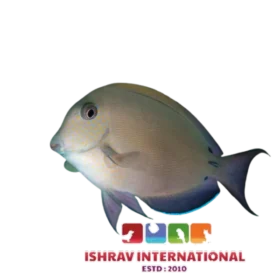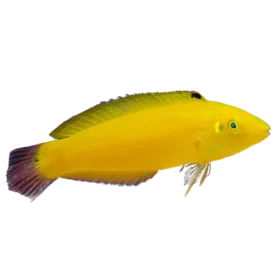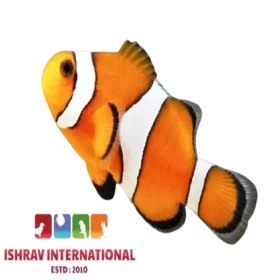- Your cart is empty
- Continue Shopping
54% off
Golden Trevally Fish
₹1,049.00Current price is: ₹1,049.00. Original price was: ₹2,299.00.
- Care level: Easy
- Behavior: Peaceful
- Minimum tank size: 200 Gallon
- Maximum size: 43.2 inches
- Reef compatibility: No
- Diet: Carnivore, Pellet, Meaty
- Origin: Indo-Pacific, Red Sea
- Family: Carangidae
Availability: Out of stock
Product Description
| The golden trevally (Gnathanodon speciosus), also known as the golden kingfish, banded trevally or king trevally, is a species of large marine fish classified in the jack and horse mackerel family Carangidae, and the only member of the monospecific genus Gnathanodon. The golden trevally is widely distributed throughout the tropical and subtropical waters of the Indian and Pacific Oceans, ranging from South Africa in the west to Central America in the east, extending to Japan in the north and Australia in the south. The species predominantly occupies inshore waters where it inhabits both reef and sandy substrates. The golden trevally is easily distinguished from its relatives by its fleshy, rubbery lips and unique colouration, which ranges from bright yellow with black bars as a juvenile to a golden-silvery colour as an adult. It is known to grow to 120 centimetres (47 in) in length and 15 kilograms (33 lb) in weight. The golden trevally schools as a juvenile, often closely following larger objects including sharks and jellyfish. The species uses its protractile jaws to suck out prey from the sand or reef, and consumes a variety of fish, crustaceans and molluscs. Spawning aggregations gather at night at different times of the year throughout its range. The golden trevally is a considerable constituent of several Middle Eastern fisheries and being of minor importance to many others, with a worldwide annual catch of 1,187 metric tons (1,168 long tons; 1,308 short tons) to 3,475 metric tons (3,420 long tons; 3,831 short tons) recorded between 2000 and 2010. The golden trevally is a popular gamefish, taken by bait, lure, fly and also spear throughout its range. Several Asian countries currently farm the fish in caged aquaculture. Due to their brilliant colouration, juveniles are popular in marine aquaria. |
You must be logged in to post a review.















Reviews
There are no reviews yet.